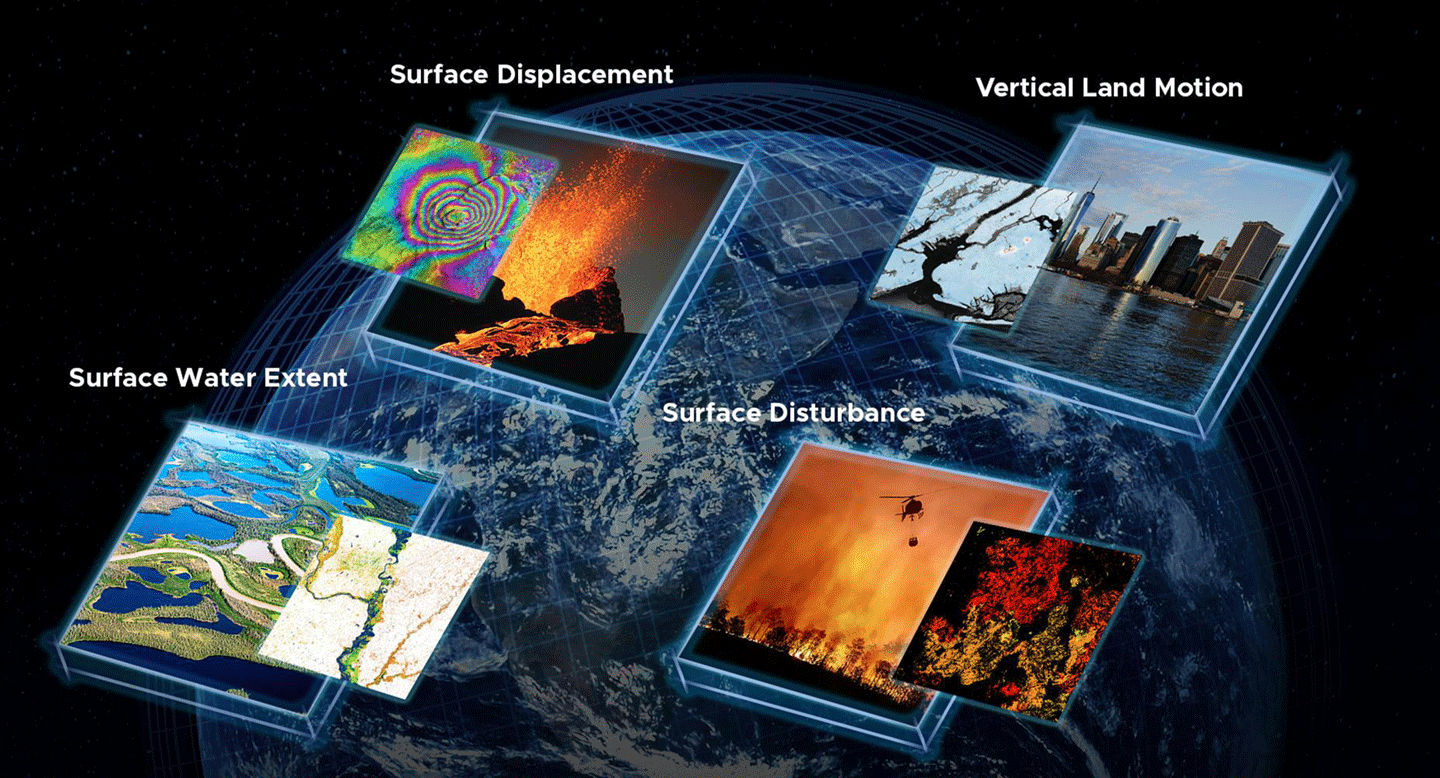Technology Development
A NASA-funded team has been exploring the use of quantum annealing computers for a scientifically meaningful application—to estimate the net annual ecosystem carbon flux over land using satellite data. Carbon flux is the exchange process of carbon dioxide (CO2) that takes place between growing or respiring vegetation and the atmosphere. This exchange process varies with season and latitude. The net global annual exchange of CO2 plays a significant role in removing an estimated 40% of the annual emission of all sources of CO2 into the Earth’s atmosphere. Thus, scientists need to monitor and develop long-term accurate measures of this critical exchange budget to understand the Earth’s climate carbon cycle.
In 2014, NASA successfully launched the Orbiting Carbon Observatory-2 (OCO-2)—the first U.S. satellite that could directly measure global-scale surface CO2 data and Sun-induced fluorescence (a direct measure of plant greenness by a trace emission of CO2) with 1 to 3 km resolution – high enough to glean ecosystem-scale net terrestrial sources and sinks. But calculating the net annual exchange of CO2 flux at regional resolutions of 10 km or less also requires accurate land surface predictive models that can simulate photosynthetic and respiratory processes based on satellite-computed CO2 flux. Undertaking this computationally challenging climate measurement is akin to picking out a face across all the crowded U.S. football stadiums on an active Sunday afternoon. What if there was a way to accurately quantify and speed up such calculations so that we could pinpoint areas of unusual or anomalous carbon flux?
An SMD-funded team led by researchers at the University of Maryland, Baltimore County (UMBC), together with researchers from Goddard Space Flight Center and scientists at Columbia University and the University of Alabama, set out to study the feasibility of employing the NASA/Google/USRA (Universities Space Research Association) D-Wave 2X quantum computer to answer that question. Located at the NASA Ames Research Center, this D-Wave system is a quantum annealing computer—a type of computer that is particularly useful for optimization, random sampling, and certain types of machine-learning applications. The team used this quantum computer to estimate carbon fluxes from three years of OCO-2 datasets to identify CO2 sources and sinks at three sites: Utqiaġvik, Alaska; a great plain site near Oklahoma City; and a site in the Amazon rainforest. Their work has started to produce samples of calibrated monthly estimates of turbulent carbon flux inferences at the three sites, validated with CO2 flux measurements from collocated Department of Energy instruments. As a result, this effort has also led to the development of new quantum annealing implementations of machine-learning, recurrent, neural-net algorithms for data regression applications.
Impact
If this project is successful, it will lay the groundwork for the operational use of future quantum annealing computers (which will be much more powerful with increased numbers of quantum bits of resolution and connectivity) for analyzing flux measurements from several satellite missions across a wide variety of Earth and space science missions. As this new technique is refined to more easily and more quickly infer carbon fluxes, it will also improve analysis for a variety of other datasets, such as soil moisture flux, heat flux, ocean surface turbulent winds, etc.
Future Plans
The project has received a second funding award from SMD to continue development of quantum technology, and the team is now working to enhance algorithms and error correction techniques for dealing with the random quantum noise, a serious problem facing universal quantum computers, as this capability moves into an operational phase.
Sponsoring Organization
The Earth Science Division’s AIST program provides the funding for the development of the Estimating Carbon Flux with Quantum Computing project. The Principal Investigator is Professor Milton Halem at University of Maryland Baltimore County.


































